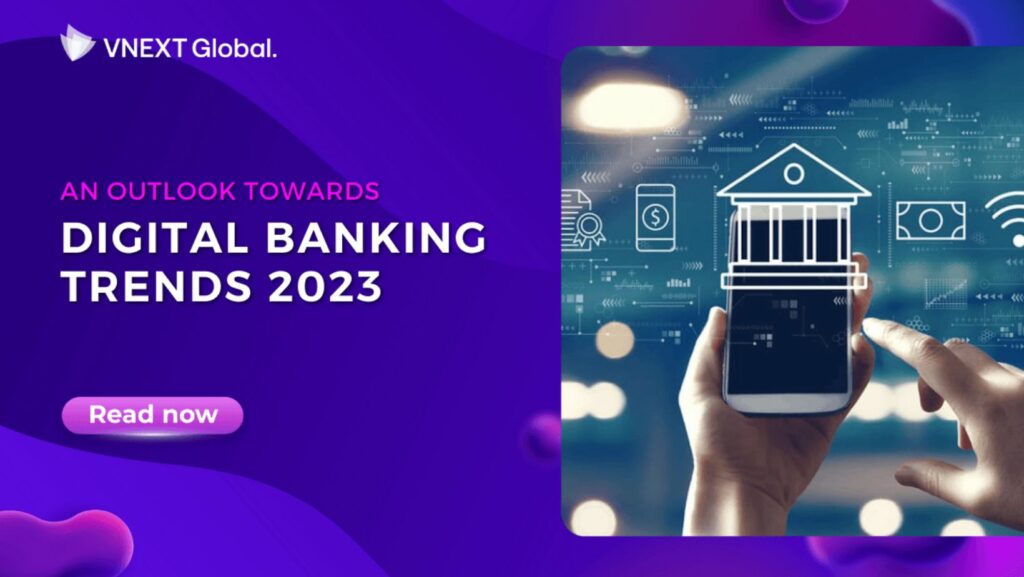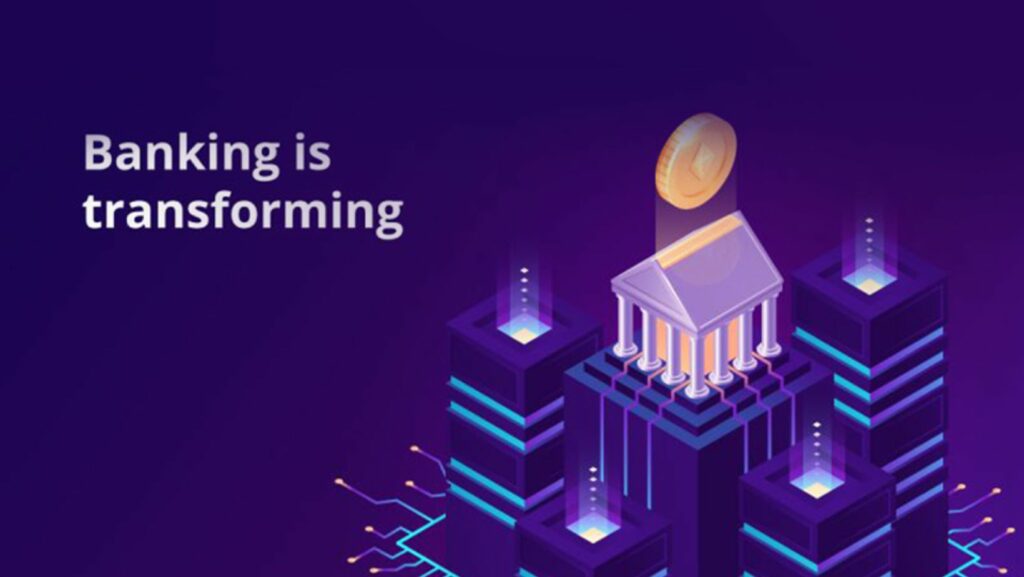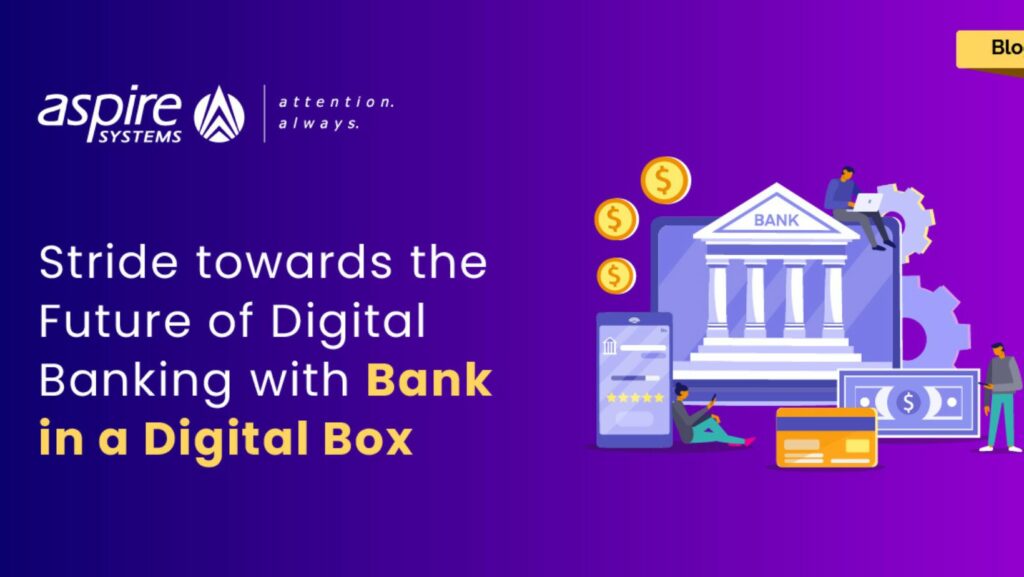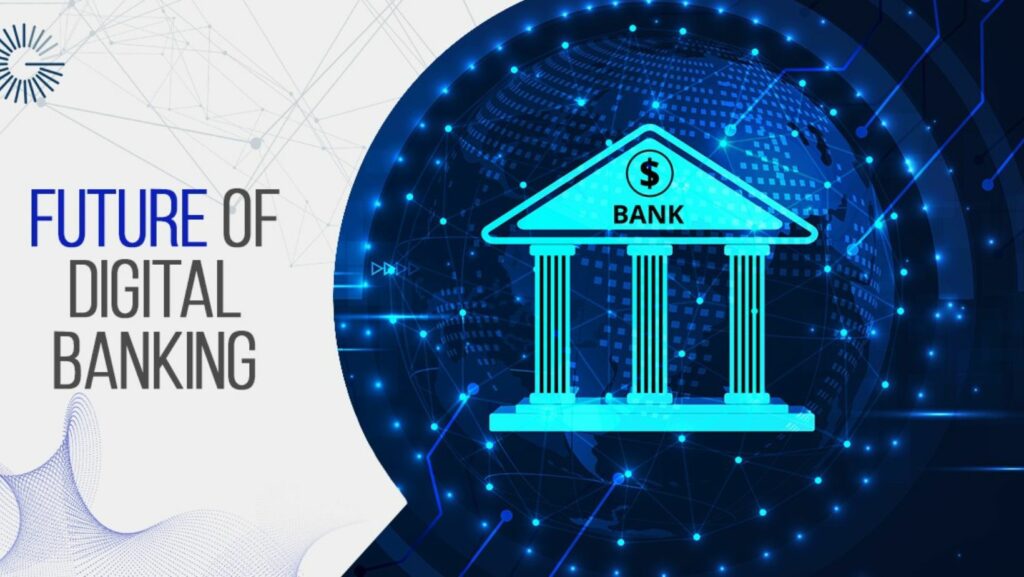Digital Trends in Banking
As we explore the dynamic landscape of banking, it’s evident that digital trends in banking are reshaping the industry at a rapid pace. Technology continues to revolutionize how financial institutions interact with customers, offering innovative solutions and enhancing user experiences. From mobile banking to AI-powered chatbots, these advancements are not only streamlining processes but also driving customer engagement to new heights.

The shift towards digital trends in banking is undeniable, with more consumers embracing online and mobile platforms for their financial needs. This evolution is pushing traditional banks to adapt and integrate digital tools seamlessly into their services. As a result, online transactions, virtual assistance, and personalized recommendations have become commonplace features that cater to the modern customer’s preferences.
In this era of digital transformation, the banking sector faces both challenges and opportunities as it navigates through a tech-driven environment. Embracing cybersecurity measures, leveraging big data analytics, and fostering innovation will be crucial for banks looking to stay competitive in an increasingly digital world. The synergy between technology and finance continues to shape the future of banking, promising efficiency, convenience, and tailored solutions for consumers worldwide.
Evolution of Digital Banking
Digital banking has undergone a remarkable transformation in recent years. The advent of technology and the internet has revolutionized the way financial institutions interact with their customers. As we delve into the evolution of digital banking, it’s evident that convenience, speed, and accessibility have become paramount in shaping the industry landscape.

Rise of Online Banking
Online banking marked the initial phase of digitalization in the banking sector. Customers embraced the convenience of conducting transactions and managing their finances from anywhere with an internet connection. This shift not only reduced reliance on physical branches but also paved the way for a more efficient and customer-centric approach to banking services.
Emergence of Mobile Banking
The proliferation of smartphones further accelerated the evolution of digital banking with the introduction of mobile banking apps. These apps offered users unprecedented control over their accounts, enabling them to check balances, transfer funds, and even deposit checks using just their smartphones. The anytime, anywhere access provided by mobile banking redefined customer expectations and set new standards for convenience in financial services.
Integration of AI and Automation
As digital banking continued to evolve, artificial intelligence (AI) and automation emerged as key drivers shaping customer interactions. AI-powered chatbots revolutionized customer support by providing instant assistance round-the-clock. Moreover, automation streamlined processes such as loan approvals and risk assessments, enhancing operational efficiency while delivering personalized experiences to customers.
Expansion into Fintech Innovations
The collaboration between traditional banks and fintech startups led to a wave of innovative solutions that transformed the digital banking landscape. From peer-to-peer payment platforms to robo-advisors offering investment services, these fintech innovations blurred traditional boundaries and empowered consumers with tailored financial products that catered to their specific needs.
Key Digital Trends in Banking
In the ever-evolving landscape of banking, digital trends play a pivotal role in shaping customer experiences and operational efficiencies. Let’s delve into some key digital trends that are revolutionizing the banking industry:

1. Mobile Banking Dominance
With the widespread adoption of smartphones, mobile banking has surged in popularity. Customers now expect seamless, user-friendly mobile banking applications that offer a range of services beyond basic transactions. From mobile check deposits to real-time account alerts, banks are leveraging mobile technology to provide convenience and accessibility to their customers.
2. Artificial Intelligence (AI) Integration
AI-powered chatbots and virtual assistants are becoming increasingly prevalent in the banking sector. These intelligent systems can handle customer inquiries, provide personalized recommendations, and even detect fraudulent activities in real-time. By harnessing AI capabilities, banks can enhance customer service levels while streamlining internal processes.
3. Enhanced Security Measures
As cyber threats continue to evolve, banks are prioritizing robust security measures to safeguard sensitive customer data. Biometric authentication methods such as fingerprint scanning and facial recognition are gaining traction as more secure alternatives to traditional passwords. Additionally, blockchain technology is being explored for its potential to ensure transparent and secure transactions.
4. Personalized Customer Experiences
Data analytics tools enable banks to gather insights on customer behavior and preferences, allowing them to deliver tailored products and services. Personalization extends beyond marketing efforts to include customized financial recommendations based on individual needs and goals. By offering personalized experiences, banks can foster stronger relationships with customers and drive loyalty.

